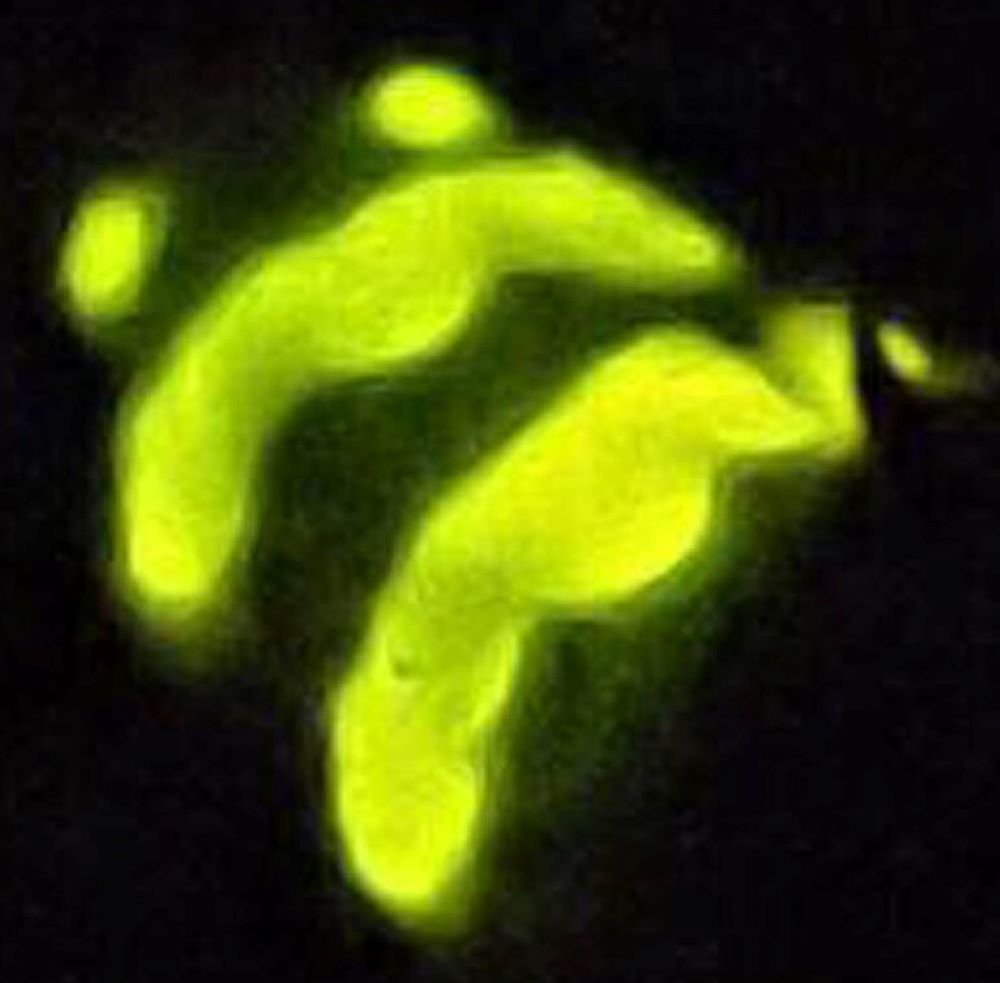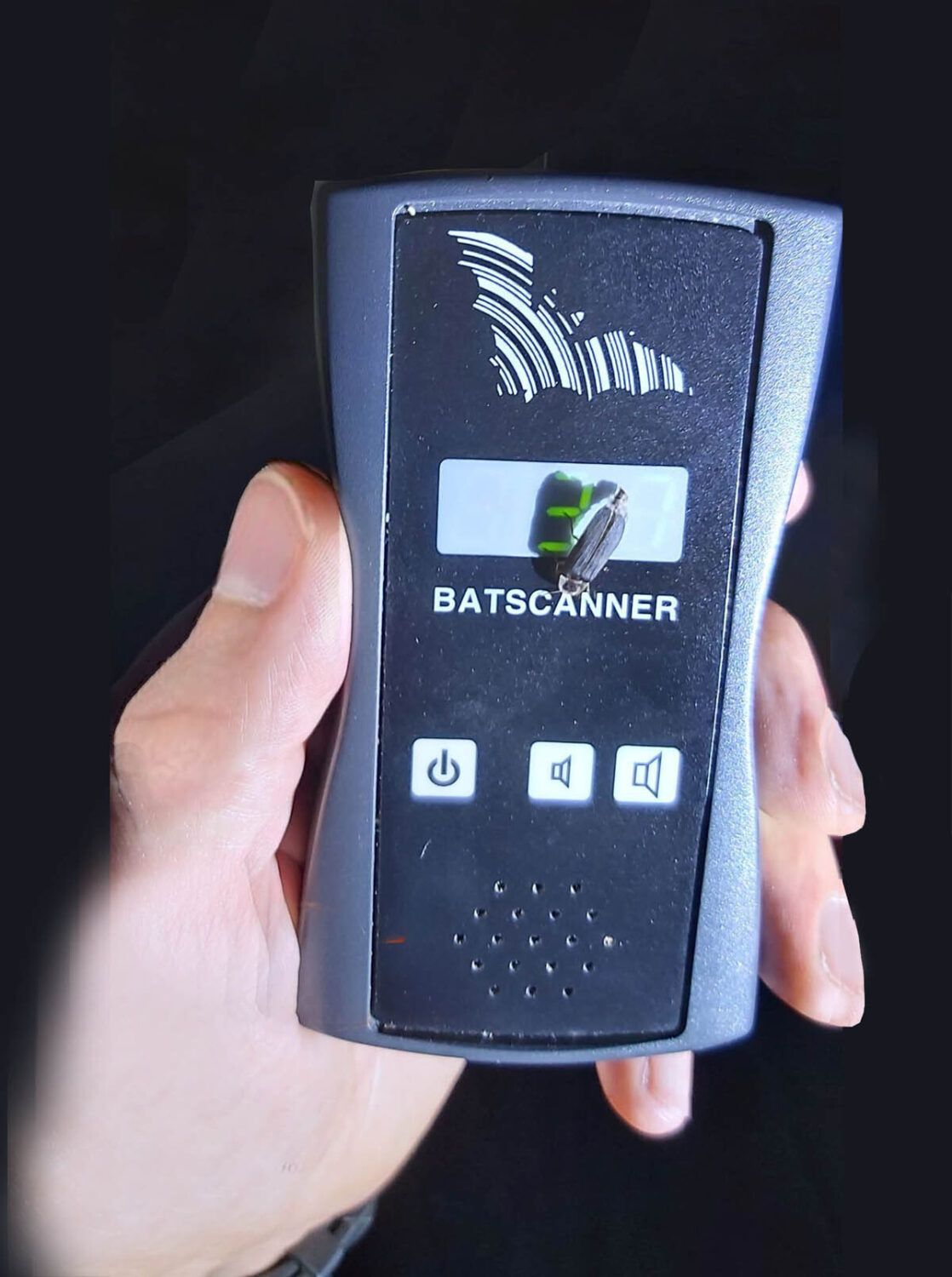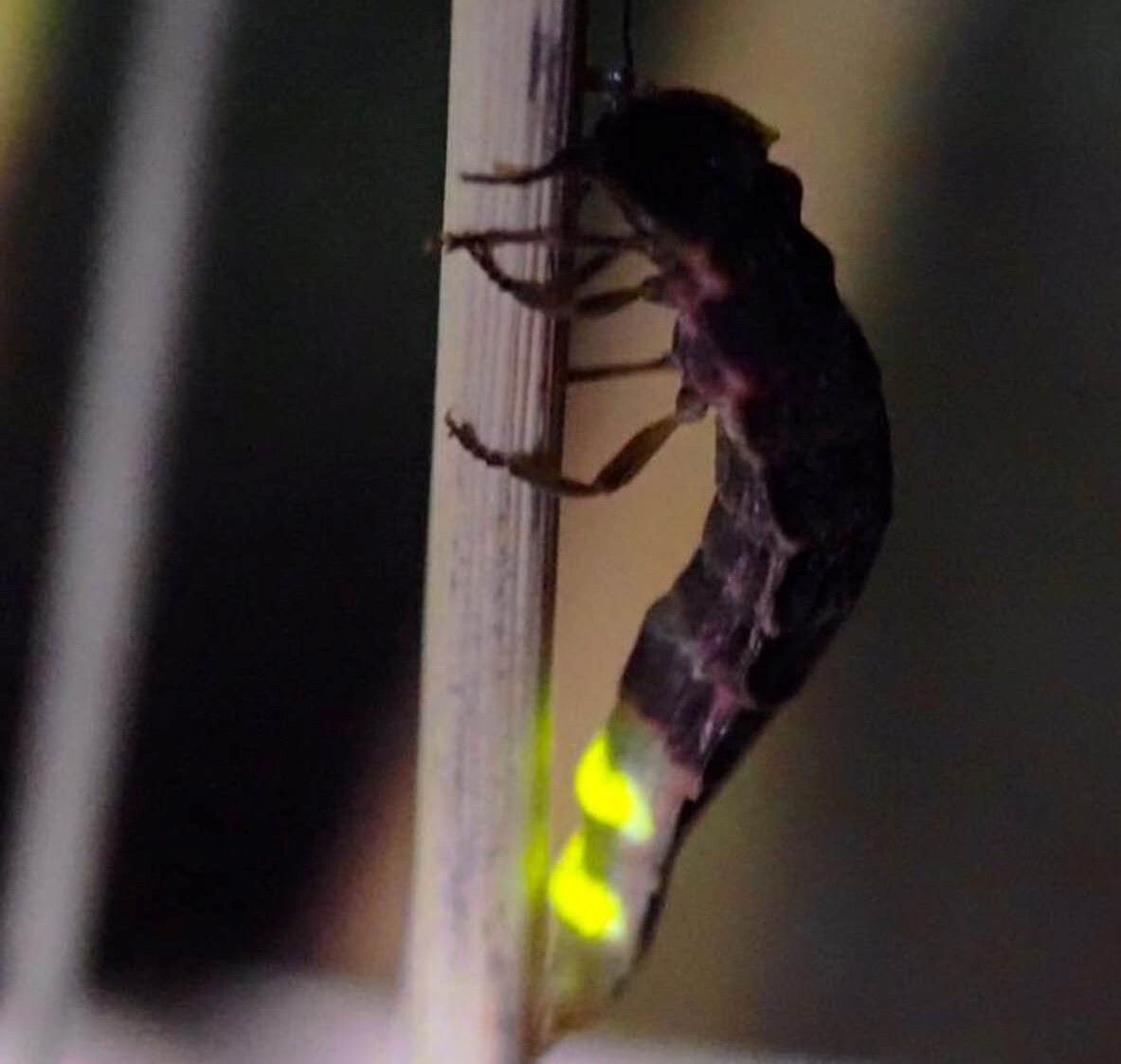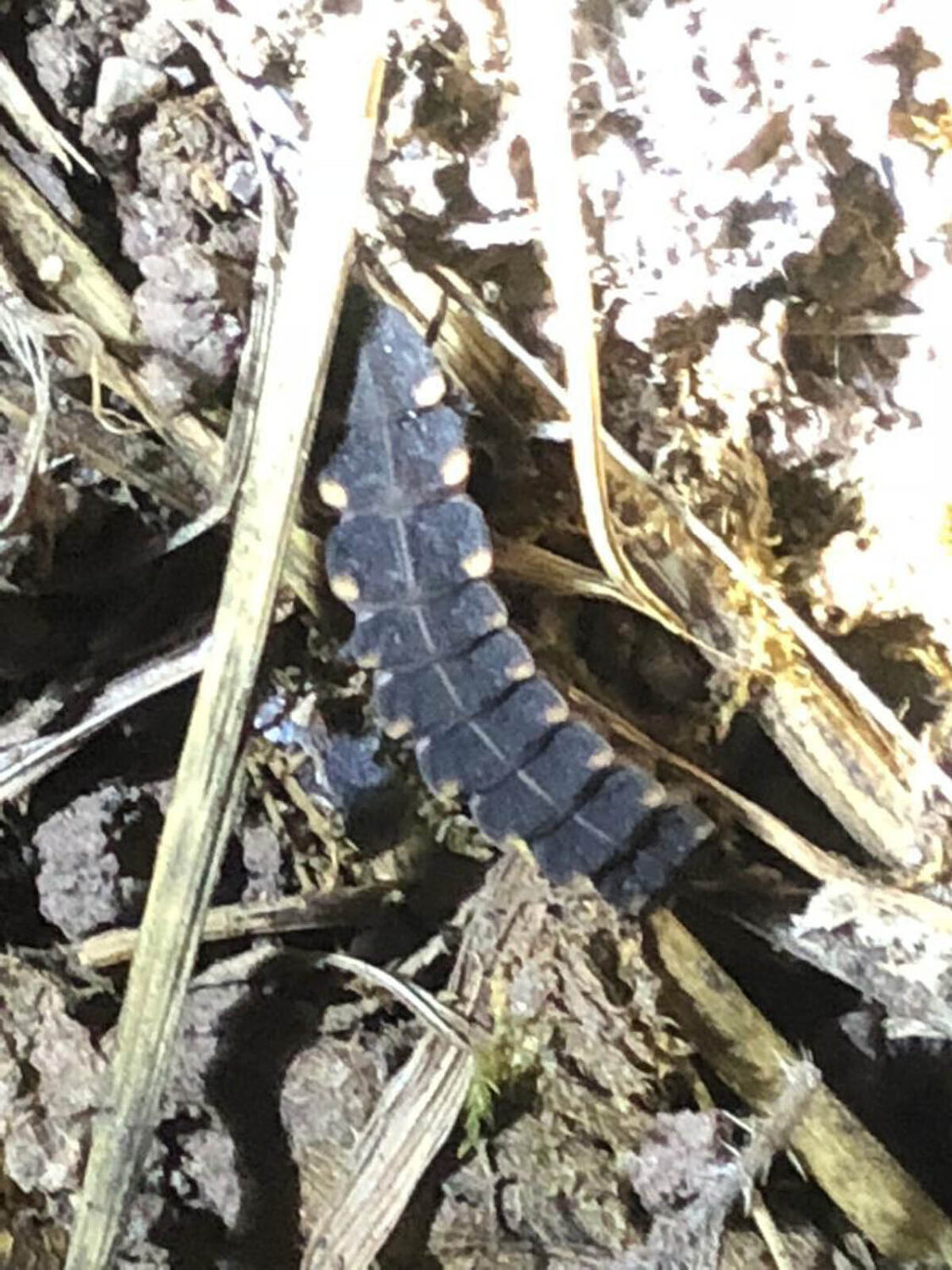
At around 9.30pm, on a warm summer evening in late July, some 40 residents of Westbury-sub-Mendip converged on the centre of the village and waited for it to get dark. They were taking part in the annual glow-worm count that has been carried out at about this time for the last 17 years. A small piece of citizen science, this regular monitoring has helped us find out more about this elusive creature, but much remains a mystery.
The glow-worm is not a worm but a beetle. The adult female is flightless but can produce light from underneath the last three segments of its abdomen which attracts males. The males, on the other hand, are unremarkable looking beetles that fly around looking for the females. They don’t glow, so they are rarely seen except, for example, when they land on the pale green LED of a bat detector by mistake.

Once mated the female ceases to glow, lays about 150 eggs and then dies. Towards the end of the season, in late August, there is occasionally the sad spectacle of one that fails to mate, the light fading slowly from night to night until, presumably, the creature expires.
The larvae that emerge from the eggs live for nearly two years on a diet of slugs and snails. They have the capacity to produce a single spot of light and can occasionally be found, faintly flickering, if they cross open ground. Most of the time, however, they are deep in the vegetation, hard both to find and to identify.
These annual counts show how many glow-worms can be found but reveals little about why they occur where they do. They are found along the minor roads leading out of the village but away from house lights and streetlights. They are also said to be along the main road, but this is too dangerous to survey at night with no torch. Westbury is a ‘dark skies’ village and deliberately switches off most of its streetlights. Security lights are common, however, and these, together with other sources of light ‘pollution’, seem to confuse the males.

Glow-worms are usually found deep in the roadside and field boundary hedges, only rarely straying more than a metre away from them. This choice of habitat may reflect the distribution of snails. Some of the routes walked for this count take observers across fields and open ground, confirming that the higher prevalence of records from roadside hedges is not just because they are easier to monitor.
The numbers of glow-worms observed has fluctuated, usually being between 100 and 150. In 4 of the last 7 years counts have been nearer 200. However, so far over these 17 years, there has been no obvious trend. Anecdotally, they were said to be much more common several decades ago. An older villager tells a story of walking back late from a social event as a child and putting glow-worms in the rim of their father’s hat, forming a fiery ring around his head in the dark.
Glow-worms can be seen from around the summer solstice until late August. In late July it is still light at 9.30pm so there is time for a glass of wine or apple juice before setting out, and it is after 11.00pm when the first parties return. The results are tallied, a little like election nights, and there is time for another glass before the final total is revealed. The 2022 count is close to the lowest count ever and prompts a debate as to why. Did many glow-worms emerge from their pupae earlier in this hot dry summer? Was it something that happened to the larvae over the last two years? Did something affect the mating success two years ago in 2020? It is made more interesting as not all the sites across the Parish were affected in the same way. It is a complex situation that is particularly difficult to unravel.

The records are passed to the Somerset Environmental Records Centre to add to their data about the ‘State of Nature’ in Somerset. Citizen science projects like this can help form a baseline against which the success of nature recovery programmes can be judged. They may help scientists understand the conditions needed for these fascinating insects to thrive.
Westbury’s local records have also been quoted in response to a planning application, arguing the need to retain, or even enhance, an existing hedge and to minimise additional lighting. They suggest that planners, architects and individual homeowners ought to take the issue of light pollution more seriously, as glow-worms may not be the only species adversely affected.
The contribution to science, albeit in a very small way, is important. For most, however, the main reason for participating in the survey is simply the magic of observing something seldom seen and so mysterious, on one’s own doorstep.





